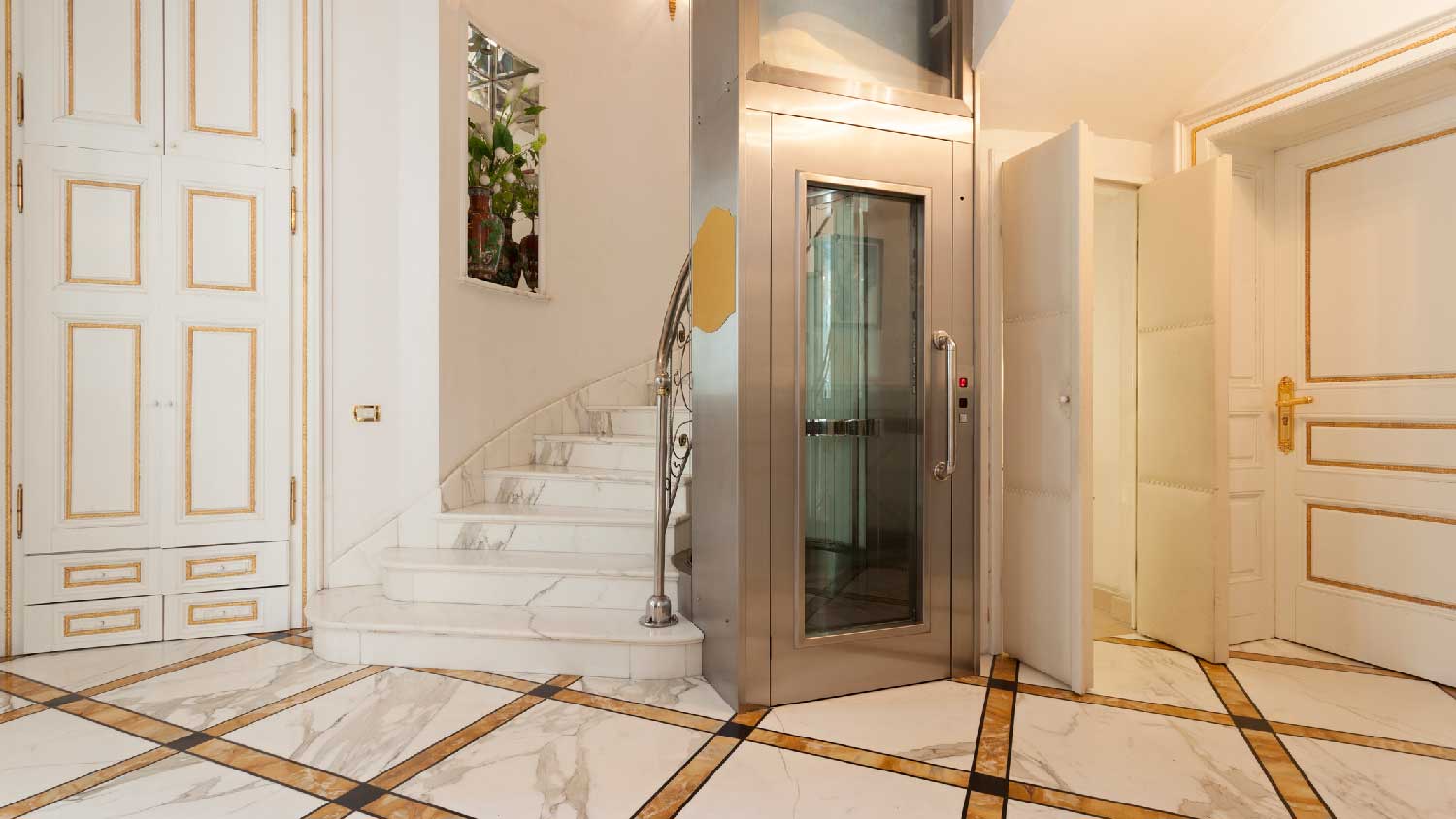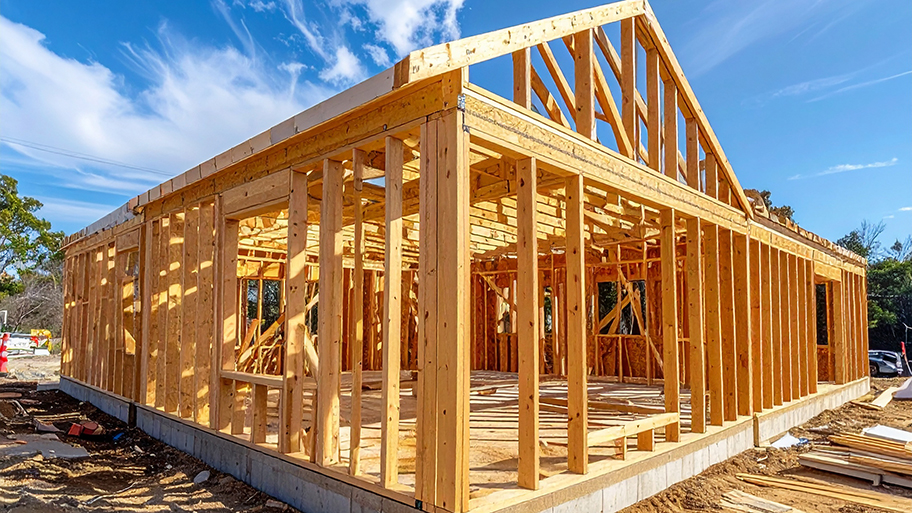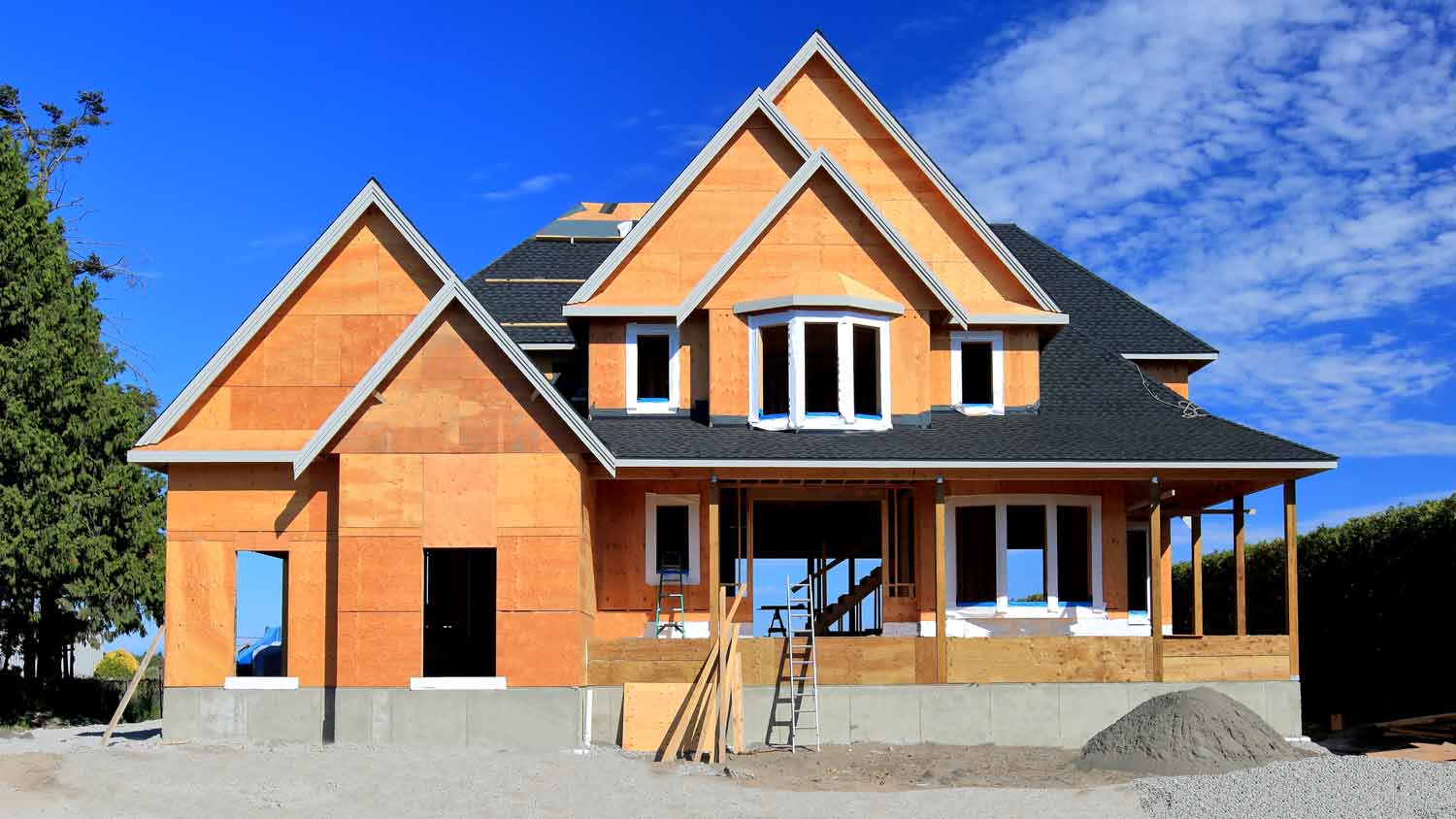
When your home project requires a professional at the helm, how much are construction management fees, and how do they determine their rate? Let's break it down.
On average, a shaftless home elevator costs $22,000, fully installed. Prices can range from $18,500 to $27,500, depending on the model you select and how complicated the installation is.


Installing a shaftless home elevator costs $22,000 on average, but projects range from $19,250 to $24,750.
Hiring a pro for a three- to five-day project costs between $1,500 and $2,500 for labor.
Installation often requires additional work, such as wall demolition, electrical, plumbing, or remodeling, which adds to the overall costs.
Annual elevator maintenance plans cost $200 to $350 and cover inspections and routine repairs.
Ways to save include choosing a smaller model and purchasing a used or refurbished shaftless home elevator.
Shaftless home elevators cost between $18,500 and $27,500, with the average homeowner paying $22,000 for full installation. A shaftless elevator model costs between $15,000 and $25,000, while labor ranges from $1,500 to $2,500. You may need to budget for additional costs, including site remodeling and prep, permits, and maintenance contracts.
A shaftless elevator is a residential elevator that allows users to go from one floor to another, without a true elevator shaft and mechanical room. They are small, causing minimal disruption to your home’s layout, and they are a great alternative to stair lifts for seniors who are aging in place.
Though they are smaller and less disruptive than other types of home elevators, shaftless elevators are still pricey. Expect to spend between $15,000 and $25,000 for the entire model. Most shaftless elevators cannot accommodate walkers or wheelchairs; if you need a roomier option, you’re looking at the high end of the cost range.

Labor costs for shaftless home elevator installation run between $1,500 and $2,500, depending on the complexity of the project and the number of days it takes (generally 3 to 5).
Though shaftless home elevators do not require a separate mechanical room, the installation is still complex. You should always hire a trusted elevator contractor near you to handle the installation. After all, incorrect installation can be fatal; always trust a pro for both the installation and ongoing maintenance and inspections.
Installing a shaftless home elevator may involve additional expenses, including the following:
Because of their smaller footprint, shaftless elevators are popular for retrofitting an existing home. But that often means some kind of slight reconfiguration of a room (on each floor). You may need to demolish walls, remodel a small space, and otherwise prep your home for this new feature.
That could mean hiring other contractors, such as:
If the project is large enough, you may consider hiring a general contractor to oversee the redesign of your home’s layout.
Installing a shaftless home elevator likely requires a permit. Ask your contractor who is responsible for obtaining the permit and if the cost is already baked into their quote.
When you install an elevator, you may be able to opt into an annual maintenance plan. These cost between $200 and $350 a year. These contracts cover routine maintenance, repairs, and, often, an annual inspection.
If you don’t have a maintenance plan, you can hire elevator contractors for assistance, or use our home elevator troubleshooting guide to see if you can pinpoint an issue on your own.
Any kind of elevator installation, whether it’s shaftless, cable-driven, hydraulic, or pneumatic, should be left to trained professionals who install home elevators. Incorrect installation can lead to malfunction, which could result in serious injury or death. The labor cost of a shaftless elevator is small compared to the cost of the model itself, and even for more complicated types of elevator installs, labor doesn’t typically surpass 25% of the project cost.
Installing a shaftless elevator in your home may require some remodeling before the project can begin. To accommodate the elevator, you may need to reconfigure the room's layout, knock down walls, move appliances, or relocate plumbing and electrical. Depending on the level of remodeling required, this can add significant costs to the installation.
After the elevator installation is complete, you may want to renovate the affected rooms a bit. This is a possible DIY project, as you’ll simply repaint walls and cabinets that might have been scuffed during installation, reinstall flooring, and, essentially, put the room back how it was before the installation, as best as you can. If you can’t DIY, don’t sweat it: Home renovation costs are low if they’re isolated to a small space.
Installing a shaftless home elevator is expensive, though it’s much cheaper than the typical elevator installation cost for other types of elevators, such as geared or gearless traction elevators, hydraulic elevators, and pneumatic elevators. That said, there are some ways you can keep costs down:
Choose a smaller model: You’ll pay more for the shaftless elevator if you want a roomier option, so shop for smaller models. However, if you need space for a wheelchair or walker, you’ll likely need to spring for the larger, more expensive options.
Install the elevator in a place that requires minimal disruption: Depending on where you install the elevator, you may need to do some major remodeling to make the layout work. Ask your contractor for some recommendations to keep costs down. Closet spaces are often the least disruptive for installs.
Shop for a used or refurbished model: Brand-new shaftless elevators have a hefty price tag, but you may be able to purchase previously owned models that have been removed from another home at a lower price.
Most homeowners are not typically looking for a shaftless home elevator when purchasing a home. In fact, a shaftless elevator, which can be an eyesore and take up valuable space, may be a deterrent for potential home buyers.
If you are selling a house with a shaftless home elevator, ask your real estate agent if it’s worth removing the elevator and doing a slight remodel to make the rooms more appealing.
Home is the most important place on earth, which is why Angi has helped more than 150 million homeowners transform their houses into homes they adore. To help homeowners with their next project, Angi provides readers with the most accurate cost data and upholds strict editorial standards. We extensively research project costs to develop the pricing data you see, so you can make the best decisions for you and your home. We rely on reputable sources, including the U.S. Bureau of Labor Statistics, academic journals, market studies, and interviews with industry experts—all to ensure our prices reflect real-world projects.
Want to help us improve our cost data? Send us a recent project quote to [email protected]. Quotes and personal information will not be shared publicly.
From average costs to expert advice, get all the answers you need to get your job done.

When your home project requires a professional at the helm, how much are construction management fees, and how do they determine their rate? Let's break it down.

The cost to install a tongue and groove ceiling depends on the size of the space and the cost of labor. This guide can help you price out your remodel.

The cost to frame a house can vary depending on the size of your home, the structure you’re building, and your materials. Keep reading to learn how much framing your house might cost.

Learn about the pros and cons of hiring a general contractor to handle your home renovation project and why research to find the right one matters.

Build a strong and safe home of your dreams. Master the completion of a sturdy structure with these comprehensive steps on how to frame a wall for your home.

What is included in framing a house? This process involves framing the floors, walls, and roof. Contractors must follow a detailed building plan for success.